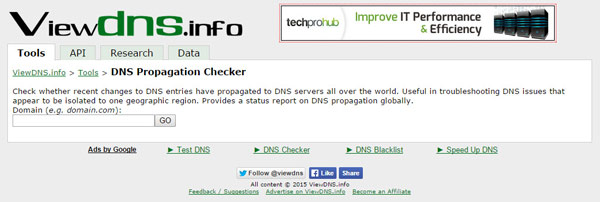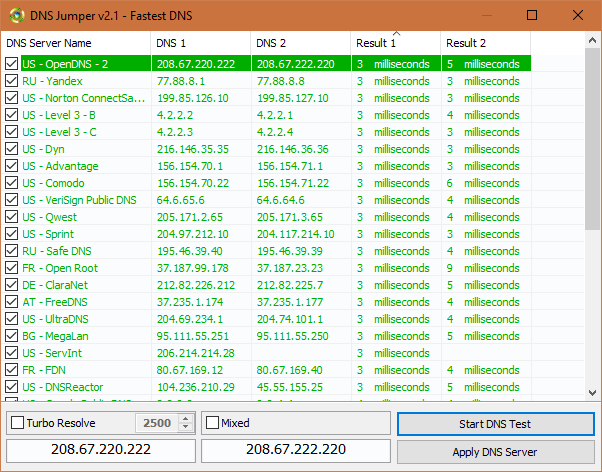

Based on its findings, it will show you what DNS server is fastest for your system. The benchmark takes about 5-10 minutes to complete.Īfter it’s complete you’ll get a report of the results. The test starts to run and you’ll see the queries it’s running through. Include the global DNS providers and the best available regional DNS server, then start the Benchmark. In this example we’re behind a router and using the DNS server from the ISP.

Namebench starts up and will include the current DNS server you have configured on your system. Today we take a look at Namebench, which will compare your current DNS server against others out there, and help you find a faster one.ĭownload the file and run the executable (link below).īest tool for programmers on mac. One way to speed up your Internet browsing experience is using a faster DNS server. Verify that the results for each service record type correctly maps to an IP address. Your result should look similiar to this: Use the following command and replace with the fully qualified domain name returned in the Rdata column of the previous commands.

Verify that the results from the previous commands resolve to an IP address. Successful lookups return one or more results in the Rdata column of the output, similar to this: Verify the results Replace with the domain name for your Active Directory.Īfter you receive the results, press Control-C on your keyboard to exit the query. To identify which Active Directory servers provide the required services, use the following Terminal commands to query DNS records. The DNS system that hosts Active Directory must be complete, correct, and consistent.

This UltraTools DNS tool performs an authoritative DNS lookup and provides details about common resource record types for root server, TLD server and Nameserver information. The UltraTools DNS Lookup provides a report on DNS records for a specified domain or hostname. MAC Address Scan The MAC address scan tool scans a given range of IP's and displays the MAC addresses for various devices available in the given range. In addition to showing the MAC address, the tool also shows the SNMP availability, IP address, DNS name, port number, community, system type, and system description. If you are experiencing an issue with your Active Directory account on your Mac, contact the system administrator for your business or school. This article is intended for system administrators.


 0 kommentar(er)
0 kommentar(er)
